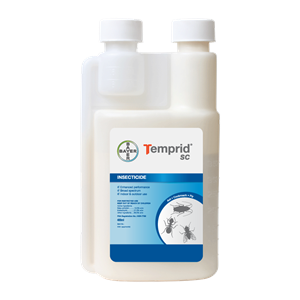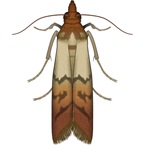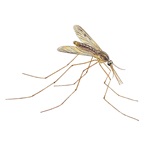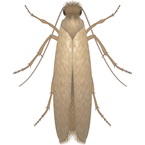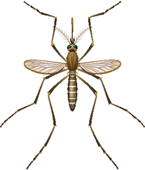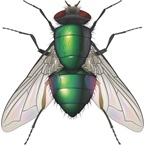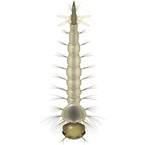Species category: Flying pest
Scientific name: Musca domestica
Description
There are 2 different species:
- Musca domestica (Common Housefly)
- Fannia canicularis (Lesser Housefly)
6-12mm in length, the common housefly is predominately grey whilst the lesser housefly is grey with an extensive yellow patch at the base of the abdomen.
Behaviour
Common houseflies have a flight range of at least 7KM. They are highly active indoors, particularly in daylight and rest at night. They require constant food to maintain energy levels and favour a sugary diet, excreting faeces everywhere.
A housefly only ingests liquid food and releases saliva on food as it lands. The saliva instantly pre-digests food to soak it up through its spongy mouth part. They thrive in dirty areas, on exposed food or in waste bins which are quickly located in warm weather due to the intense odour.
Region
Originally a native of temperate regions, the housefly is now common all across the world.
Habitat
Both types of houseflies are highly active indoors. Lesser houseflies can tolerate cool climates and are frequently encountered in poultry houses. Both are happiest in warm climates, where they easily locate decaying food to hatch eggs. In cooler conditions, houseflies struggle, becoming less active, leading to a reduced development rate.
Risks
More than a dirty nuisance, houseflies are known carriers of a wide variety of pathogens that can be passed to humans causing diseases such as:
- Typhoid,
- Dysentery,
- Diarrhoea….the list is extensive.
They constantly excrete faeces and also vomit partially digested food, contaminating surfaces and food where they land; this leads to further disease risks.

